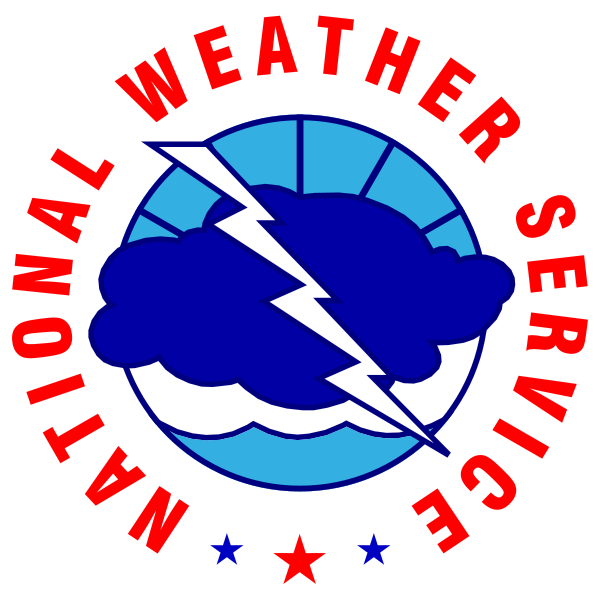 If you’ve ever tried to read the text of just about any National Weather Service product, you likely were struck by the fact it was typed in ALL CAPS. Those days are finally coming to an end as the service ends the shouting and moves to mixed-case letters.
If you’ve ever tried to read the text of just about any National Weather Service product, you likely were struck by the fact it was typed in ALL CAPS. Those days are finally coming to an end as the service ends the shouting and moves to mixed-case letters.
The all capital writing dates back to the days when weather reports were sent via teleprinters. These devices only had the ability to type in all caps. Thankfully, the days of teletype are over and one of our favorite government agencies can now send messages properly.
The change will be begin on May 11 and be gradual, only impacting three of the most common products initially: forecast discussions, public information statements and regional weather summaries.
However, severe weather warnings will make the move to mixed case this summer and other forecast and warning products will follow into 2017.
Below is the complete text – using proper mixed case – of the announcement from NOAA:
National Weather Service will stop using all caps in its forecasts
Farewell teletype, hello mixed-case charactersApril 11, 2016 LISTEN UP! BEGINNING ON MAY 11, NOAA’S NATIONAL WEATHER SERVICE FORECASTS WILL STOP YELLING AT YOU.
New forecast software is allowing the agency to break out of the days when weather reports were sent by “the wire” over teleprinters, which were basically typewriters hooked up to telephone lines. Teleprinters only allowed the use of upper case letters, and while the hardware and software used for weather forecasting has advanced over the last century, this holdover was carried into modern times since some customers still used the old equipment.
Better late than never, but the slow change was not for lack of trying. The National Weather Service has proposed to use mixed-case letters several times since the 1990s, when widespread use of the Internet and email made teletype obsolete. In fact, in web speak, use of capital letters became synonymous with angry shouting. However, it took the next 20 years or so for users of Weather Service products to phase out the last of the old equipment that would only recognize teletype.
Recent software upgrades to the computer system that forecasters use to produce weather predictions, called AWIPS 2 (The Advanced Weather Interactive Processing System), are allowing for the change to mixed-case letters. The switch will happen on May 11, after the required 30-day notification period to give customers adequate time to prepare for the change.
“People are accustomed to reading forecasts in upper case letters and seeing mixed-case use might seem strange at first,” said NWS meteorologist Art Thomas. “It seemed strange to me until I got used to it over the course of testing the new system, but now it seems so normal,” he said.
Three forecast products will transition to mixed-case use on May 11, including area forecast discussions, public information statements and regional weather summaries. Severe weather warnings will transition this summer, with other forecasts and warnings transitioning to the new system through early next year.
Upper case letters in forecasts will not become obsolete – forecasters will have the option to use all capital letters in weather warnings to emphasize threats during extremely dangerous situations. Certain forecast products with international implications, such as aviation and shipping, will continue to use upper case letters, per international agreements that standardize weather product formats across national borders.
